M&G reviewers have been hard at work selecting sounds to look out for this summer
Justin Adams and Juldeh Camara

Tell No Lies (Sheer Sound)
As the guitarist for Robert Plant’s band, Strange Sensation, and a producer for Tuareg desert rock outfit Tinariwen, Justin Adams has been busy. But with Plant running off to record duets with bluegrass singer Alison Krauss and Tinariwen forgoing Adams’s layered rock production for their new back-to-roots album, Imidiwan, Adams has thrown himself into a new project with Gambian musician Juldeh Camara, a master of the one-stringed fiddle called the ritti. The two have been playing together for two years now and the chemistry is evident on their cracking new album, Tell No Lies.
The effortless way the album blends the sounds of the Sahel, as heard in the work of Malian bluesmen Ali Farka Touré and Afel Bocoum, with the raw rock influences of blues greats such as Muddy Waters and Bo Diddley and punk rock legends The Clash is an absolute delight. Purists may snub their noses at this hybrid sound, but inquisitive fans of gritty rock ‘n roll should lap it up. If Chess Records had been founded in West Africa, this is what its output would have sounded like. — Lloyd Gedye
Various artists
Twintig Jaar Later — Van Voëlvry tot Fokof (Next Music)
Although still denied by some ignorant historians, it is generally accepted today that the Voëlvry movement of the late 1980s contributed greatly to breaking down the walls of apartheid. The likes of Bernoldus Niemand, Johannes Kerkorrel and Koos Kombuis empowered white Afrikaans kids of the Eighties to protest against their parents, the National Party and the churches that preached racism from the pulpit. If these musicians were the pioneers of Afrikaans rock, what do their descendents look like? Twintig Jaar Later sets out to answer that question with a powerful collection of 40 Afrikaans rock songs that were released between the end of Voëlvry and 2009.
Compiled by music journalist Angola Badprop, the album is split in two: the first CD starts with the Kombuis song Paranoia and includes rock anthems of the mid and late 1990s, such as Piet Botha’s Goeienag Generaal, Valiant Swart’s Roekeloos and The Buckfever Underground’s epic Die Volk (is in die kak). Disc two jumps to the next century, dominated by Bellville rockers fokofpolisiekar and its spin-offs Die Heuwels Fantasties and Van Coke Kartel. But the album also introduces a new Afrikaans rock that embraces electronics as embodied by NuL with Elektro Berzerk and Helsinki with Ek’s Dalk wat Jy wil Wees. No compilation is perfect and the Springbok Nude Girls are a glaring absence — remember Pappa Ek wil ‘n Popster Word? But as far as compilations go, this is one of the best yet to be released locally and is an apt accolade to our Afrikaans rockers. —Adriaan Basson
Tortoise
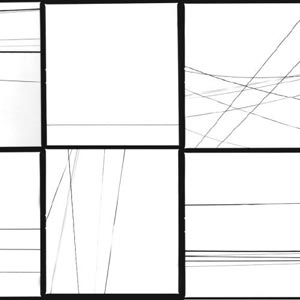
Beacons of Ancestorship (MIA)
With elements of jazz, lounge, dub, electronica, prog-rock, Afrobeat and Krautrock thrown into the mix, Tortoise’s music is incredibly difficult to categorise and even more difficult to ignore. It’s great news, then, that with their first album in five years Chicago’s post-rock innovators have shown that they are still way ahead of the chasing pack. Opening with the bombastic eight-minute High-Class Slim Came Floatin’, their sixth studio album is a mammoth statement of intent.
Northern Something is an early highlight, with its squelching electro take on Afrobeat that will have you shaking your arse within seconds, whereas Gigantes picks up where Northern Something leaves off, weaving a more subtle Afrobeat flavour with some great Pink Floydesque guitar. Fuzz-monster Yinxianghechengqi is a grinding post-rock number that sounds like Bad Brains recording the soundtrack to an Eighties computer game, but selecting stand-out tracks from a record this good feels kind of redundant. Tortoise make music to indulge in, so track this down, push play and soak it up. — Lloyd Gedye
Royksopp
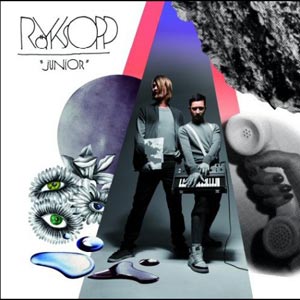
Junior (EMI)
The third studio album by the Norwegian duo is arguably their strongest. After the darker, less excitedly received diversion of their second album, they have moved back towards the sound they are best known for and that gives them a sustainable differentiation. This album has its origins in the successes of Eple and Poor Leno from Melody AM, the sound of a sweet, sad story with a happy ending. The opening track, Happy Up Here, epitomises innocent childhood elation, with a loop that you can’t help but want to repeat.
Most of the album is a platform for Scandinavian female vocalists to have their time to shine, and they glow. The Girl and the Robot is electronic pop at its best and guest Robyn brings a kick and a killer chorus. Norwegian Anneli Drecker struts her stuff beautifully on Vision One, Lykke Li sings on Miss It So Much, and The Knife’s Karin Dreijer-Andersson guests on a few tracks, but does especially well on This Must Be It. The instrumental tracks are catchy and thoughtful. Not a single track could have been left off this album. — Ilham Rawoot
Transit Crew
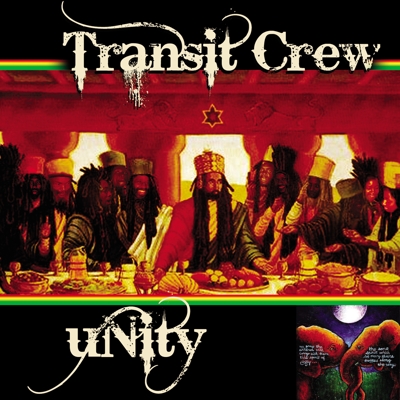
Unity (Independent)
Zimbabwean reggae band Transit Crew have released a new album after more than 15 years. The 11-track album, titled Unity, was produced by Clive Mono Mkundu. It features vocalists Emmanuel Motsi, Hope Masike and Farai Kazembe, bassist Munyaradzi Nyemba, lead guitarist Samaita Zindi and drummer Joshua Penga. A lot of work has gone into the album, which shows amazing range. The lyrics, in Shona, have nothing of that repetitive nature I found enraging about Southern African reggae.
Using both Shona and English lyrics, the album boasts mature musicians who know their music well. The rhythm is both contemporary and has echoes of the great Jamaican producers of old. I am especially thinking of Praise Him, a thumping track with resonant bass, clanging guitar and percussive fury. Other tracks, notably Tsamba (Letter), Unity, Lord if I Cry, Gal and a few others, show versatility and the ability to stick to the Jamaican template — sometimes, I felt, rather too slavishly. This could be because of the lingering influence of Jamaican-Zimbabwean founder member of the band, Munya Brown, and the fact that the group is routinely called on to be the backing band for visiting Jamaican acts, such as when Luciano visited a few years ago. A beautiful album, nevertheless. — Percy Zvomuya
Elvis Costello
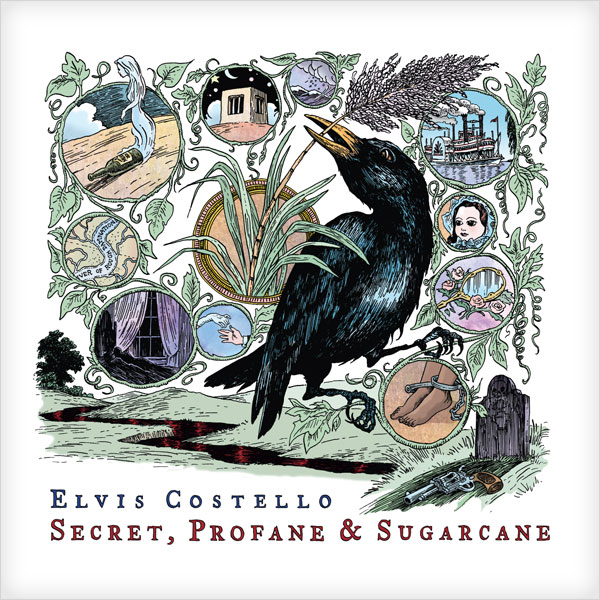
Secret, Profane and Sugarcane (Universal)
Although 2008’s Momofuku was a brash, rowdy affair, 2009 sees Elvis Costello return with the exact opposite, a laid-back American roots record, which is more acoustic country gem than rock ‘n roll clatter. But there is one key secret weapon Costello has employed on his new record — the name that fills the producer spot. T-Bone Burnett takes the helm for Secret, Profane and Sugarcane and the last time he joined Costello in the studio for 1989’s Spike they produced some of Costello’s finest material.
Fresh from his 2008 Grammy win for the production of the Robert Plant and Alison Krauss collaboration, Raising Sand, Burnett is back and he has helped Costello and his band of session musicians to create a stone-cold classic. Secret, Profane and Sugarcane offers some of Costello’s finest songs in years and the beautiful arrangements of acoustic guitar, violin, mandolin, dobro, accordion and double bass are magnificent. As if that wasn’t enough, country chanteuse Emmylou Harris pops up on backing vocals. If you have a thing for country and bluegrass music and in your life you have fallen in love with a Costello album, this will be one of the best records you will hear this year. — Lloyd Gedye
Tori Amos

Abnormally Attracted to Sin (Universal)
By turns eerie, evasive, furious, sad — pretty much Tori Amos. In her new album, Abnormally Attracted to Sin, Amos does what fans will be familiar with — her themes of religion and the play of power and sexuality are all present, centred on her and her ivories. But in her latest album she seems a good deal more playful, insouciant even, as well as deeply comfortable with the place she has established for herself in an industry obsessed with manufactured mannequins. At the heart of the album is, as always, her piano and her unsettling voice.
She uses a lot of artificial synth sound and drum loops, which isn’t necessarily unusual for her. But although it works beautifully on tracks such as Flavor and Lady in Blue, it is utterly inaccessible and jarring on tracks such as Police Me. Her lyrics are intriguing — many songs are a conversation between two characters, such as the sympathetic observer talking a mother down from jumping to her death in Maybe California. It is not all hits, though — songs such as Not Dying Today can get irritating. — Lynley Donnelly
Steve Earle
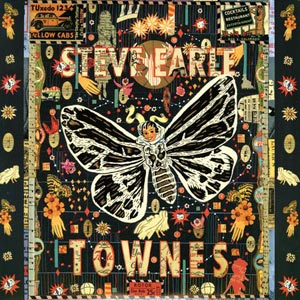
Townes (MIA)
Steve Earle met the enigmatic folk-country songwriter Townes van Zandt as a teenage musician and to say his impact on the young Earle was significant may be understating the case. Earle is said to have tied Van Zandt to a tree in an unsuccessful bid to help his mentor kick his alcohol addiction. As Earle would later recount: ‘He was a really good teacher and a really bad role model.” Considering Earle’s bad-boy image and years battling heroin addiction, perhaps a bit too much of Van Zandt rubbed off on him, but this album of Earle paying homage to his mentor by covering 15 of his songs was surely inevitable.
He has rated it as possibly his finest album yet, which does major disservice to his catalogue of classic country, rock and bluegrass albums. After all, it’s not for nothing that many fans and critics talk about Earle as one of the US’s finest songwriters. Regardless, Townes is a great album, filled with everything you would expect from Earle: country ballads, smoking blues and tinges of bluegrass. There is even some gritty guitar work courtesy of former Rage against the Machine guitar maestro Tom Morello, but the highlight has to be Mr Mudd & Mr Gold, on which Earle is joined by his son, Justin Townes Earle, for a great cover of Van Zandt’s gambling tale. — Lloyd Gedye